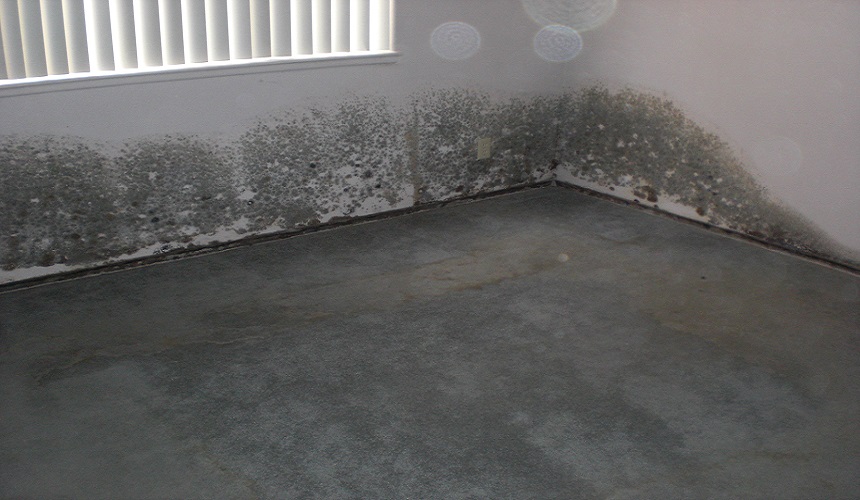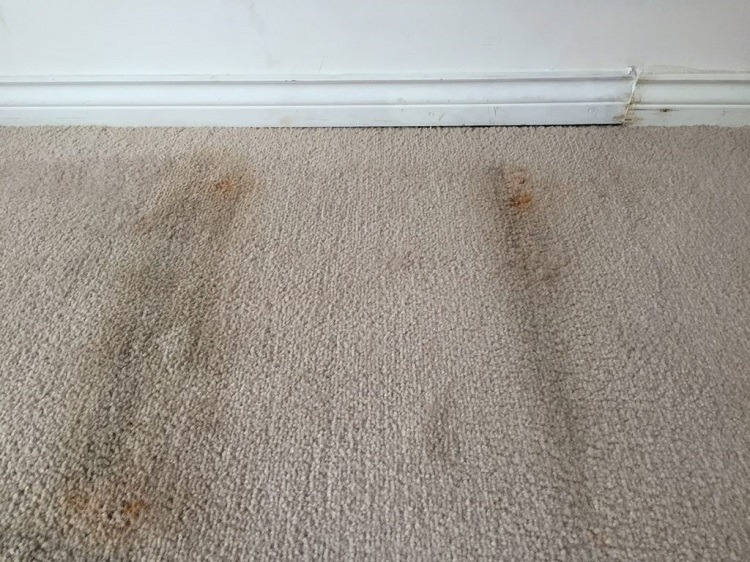Dealing with mold in carpets after a leak is a common issue homeowners and businesses face. Understanding how to address and prevent this problem is essential for maintaining a healthy indoor environment.

Understanding Mold Growth in Carpets
Mold in carpets often forms after water damage, such as leaks or floods. The moist environment provided by a wet carpet is ideal for mold spores to grow and spread. With the right knowledge and tools, you can manage this problem efficiently.
Causes of Mold Growth in Carpet
Several factors contribute to mold growth in carpets. These include excess moisture from leaks, humid environments, poor ventilation, and delayed cleaning or drying of wet areas.
Water Leaks
Water leaks are a primary cause of mold. Whether from a plumbing issue or a natural disaster, the presence of water is what starts the issue with mold.
Humidity Levels
High indoor humidity can perpetuate mold growth. It’s essential to monitor and manage humidity levels to prevent mold.
Steps to Remove Mold from Carpet
Tackling mold in carpets requires a thorough approach. Regular inspection and immediate action are critical in optimally managing this problem.
Step 1: Dry the Area
Use fans and dehumidifiers to dry the carpet completely before attempting cleaning. This step helps slow mold growth.
Step 2: Use Appropriate Cleaning Agents
Apply a solution of water and dish soap to clean the affected area. Specialized mold removers are also available for more severe cases. For tips on selecting the right cleaning agent, visit cleaning agents.
Step 3: Vacuum Regularly
Use a vacuum with a HEPA filter to remove mold spores from the carpet fibers.
Preventing Mold After Leaks
Prevention is more manageable than removal. Following these preventative measures can help avoid future mold issues.
Fix Leaks Promptly
Address any water leaks immediately to prevent moisture accumulation in carpets.
Regular Carpet Maintenance
Routine cleaning and proper maintenance can discourage mold growth. Explore different maintenance strategies at stop mold.
Monitor Humidity
Keep indoor humidity below 60% by using dehumidifiers and ensuring proper ventilation.
Choosing Mold-Resistant Flooring
Consider alternative flooring options if mold issues persist. This change can be a permanent solution to prevent mold. Discover more at flooring alternatives.

FAQ Section
- Q: Can mold in carpet make you sick?
A: Yes, mold can cause allergic reactions and respiratory issues. - Q: How fast does mold grow after a water leak?
A: Mold can begin growing within 24-48 hours after a leak. - Q: Is professional cleaning necessary?
A: For significant mold issues, professional services may be required.
For more on mold prevention, check out external resources like control mold tips.
This article contains affiliate links. We may earn a commission at no extra cost to you.


